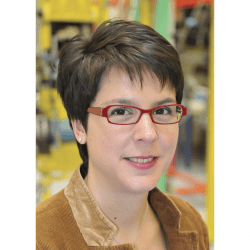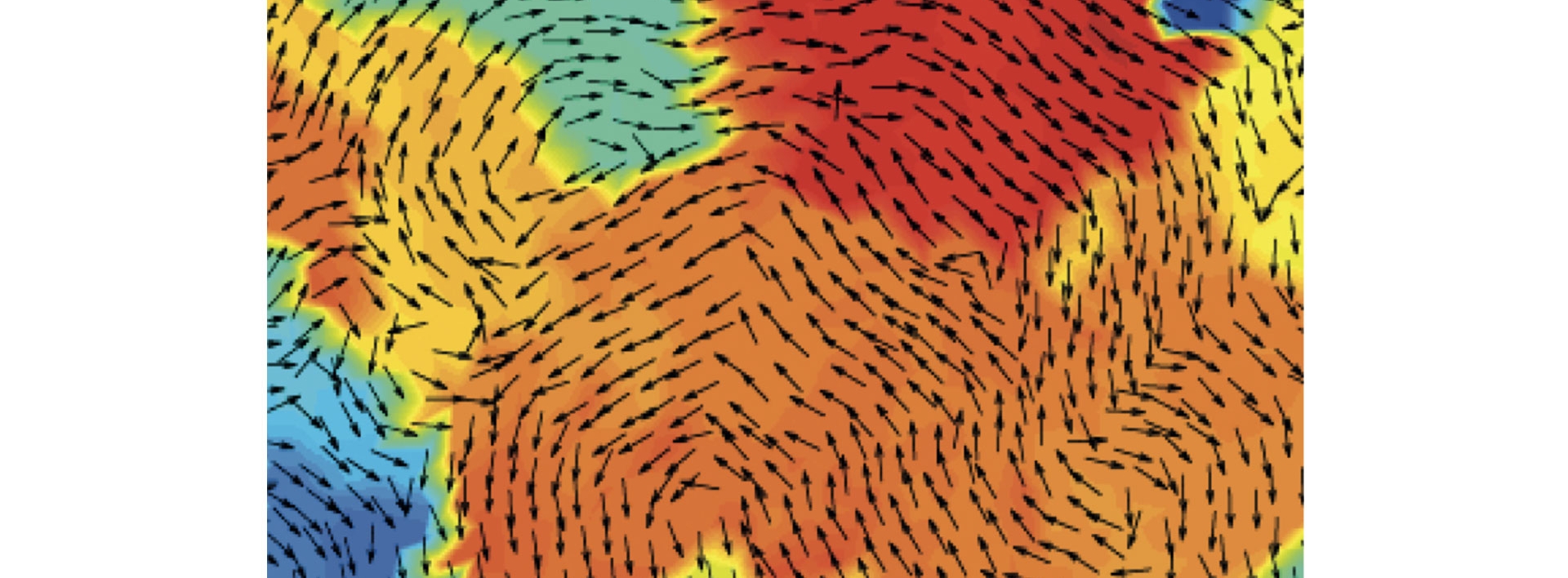COMMET
RO3 : Dynamic and multiphysical behaviour of materials
The objective of the work within the "Dynamic and multiphysical behaviour of materials" research group is to measure, understand and model the behaviour of materials under different mechanical and/or physical - for example thermal or electro-magnetic - stresses in static and dynamic conditions.
Within the RO, an important part of the activities is focused on the development of original experiments allowing the identification or validation of models (thermomechanical, Hopkinson bars, magnetic measurements, ...). The experiments are carried out under different stresses, quasi-static or dynamic, uniaxial or multi-axial, purely thermomechanical and/or physical, and using different types of measurements (kinematic and thermal fields, X-ray diffraction, electronic imaging, electrical, magnetic, ultrasonic measurements, etc.). The physical measurements thus allow the monitoring of phase transformations, plasticity and fatigue damage by unconventional means.
The specificity of the studies gathered in this RO lies in the explicit consideration of the "dynamic and/or multiphysical" character of the phenomena involved during modelling. The general framework used to define the models for the study of global or local, state or dissipation couplings is the thermodynamics of irreversible processes. However, physical or multi-scale approaches allow a closer description of the mechanisms, since any multiphysical phenomenon can be associated with a change in microstructure. However, modelling by change of scale and understanding materials under dynamic stresses (transient phenomena) presents a certain numerical cost and possible physical limitations (e.g. representativeness of the modelled volumes). This observation justifies the development of simplified approaches allowing the introduction of multiscale models in structural calculation tools. Although code development is not at the heart of our activity, it is often necessary in order to be able to test the feasibility of tests at the time of their development, to test the models developed and thus to deal with heterogeneous situations.
The work carried out within the RO has applications in various fields related to safety (impact resistance of materials, etc.), manufacturing processes (metallurgical ranges of steels, compaction/sintering of polymers), assemblies (welding, rivets) and the calculation of structures in service, control and health of systems. In addition to classic materials such as metals/alloys and polymers, cellular (foam, honeycomb, etc.) and granular materials, shape memory alloys and multimaterials are also studied.
Manager

COMMET team
Karine LAVERNHE- TAILLARD
Senior lecturer with HDR
Head of the Dynamic and multiphysics behaviour of materials research project
